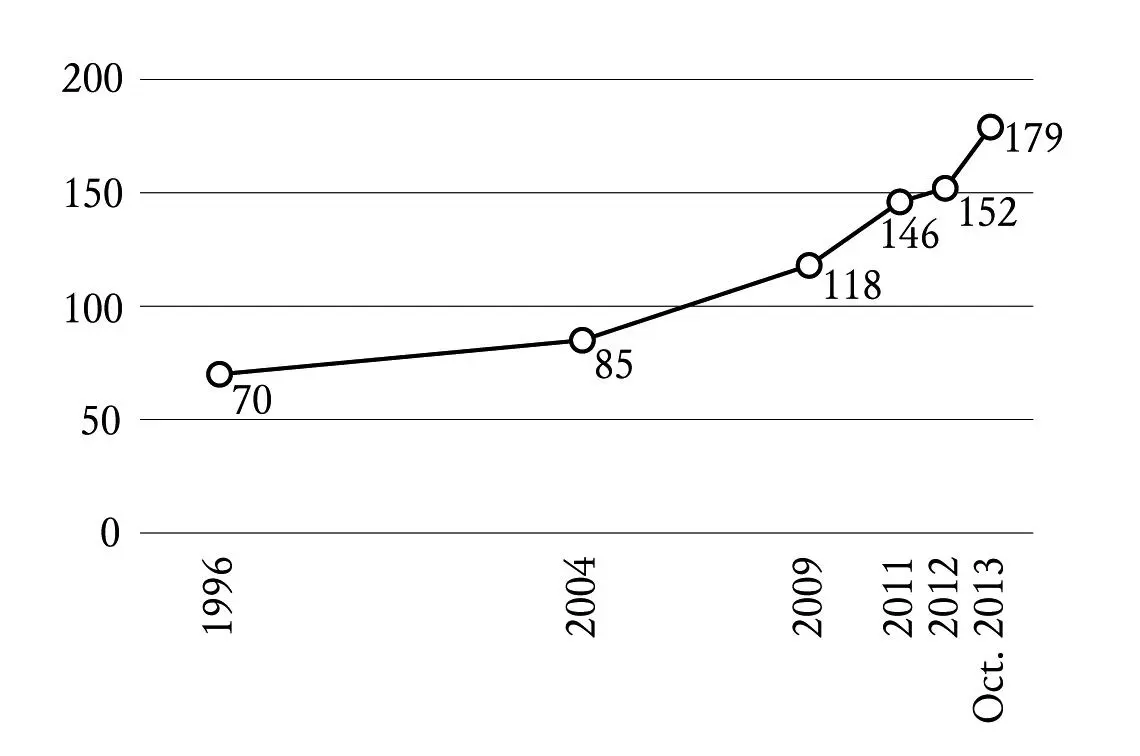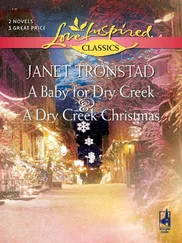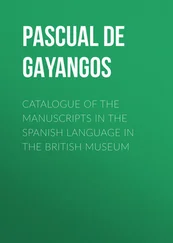Searching the world-wide web for the expression “scratch glosses”, I came across Prof. Sarah Larratt Keefer’s CV on her institutional website at Trent University (Peterborough, ON), in which she mentioned a paper in preparation on “The Scratch Glosses of Cambridge, Corpus Christi College 146Cambridge, Corpus Christi CollegeMS 146 [K:37]: the Samson Pontifical” (sec. xi in., cf. Ker 1957: 50–51 [no. 37]). I was intrigued, wondering whether the glosses might be OE, and contacted her via email to inquire about the dry-point glosses. She kindly informed me that they were in Latin and that she would not go ahead with the proposed article on them.3 As far as I can tell, none of these glosses have been published so far.
L. dry-point glosses are sometimes also mentioned and even edited as a by-product by scholars whose main interest is in the vernacular glossing of a specific MS.4 However, especially with early editions it is not clear how the editors dealt with L. dry-point glossing. At least for some MSS, it seems that the L. dry-point glossing was simply ignored as soon as it turned out to be non-OE. So the lack of reports of L. dry-point glossing must not be taken as direct evidence that there are no L. (or further, previously unnoticed vernacular) dry-point glosses in a particular MS.
Recent gloss scholarship has stressed the importance of the inclusion of L. glosses in the study of OE glosses (cf. Page 1992: 85; Gwara 1999: 822). If we want to understand the OE glosses as more than just lexical material, the focus has to be on functional and hence contextual aspects of the glossing, as exemplified by Page (1982) and by Gwara’s numerous publications on the extant MSS of ALDHELM’s Prosa de virginitate . Since the L. glossing often already existed in the MSS at the time when the OE glosses were added, their presence has to be recorded if we want to fathom the intentions behind the vernacular glossing.
I have tried to include that little information on L. glossing that was available to me for the MSS in the Catalogue presented below, however, not being a Latinist and not having autopsied the MSS themselves, I would like to stress that the information given on the L. glossing in the respective MSS is highly selective.
2.4.2 Dry-Point Glossing in Old High GermanOld High German dry-point glosses
The existence of OHG dry-point glosses in L. MSS has been known at least since the early 19 thcMünchen, Bayerische StaatsbibliothekClm 6277.1 Yet dry-point glosses played only a marginal role in the study of OHG glossography until late in the 20 thc., when dry-point glosses could no longer be ignored as an important source of OHG, as Glaser (1996: 51) puts it. By that time, OHG ink glosses had been investigated very thoroughly and edited comprehensively (yet not exhaustively) in Elias von Steinmeyer and Eduard Siever’s monumental Die althochdeutschen Glossen (StSG), published between 1879 and 1922, as well as in numerous further publications and editions.2 In 1973, Bergmann (1973) compiled a preliminary list of 1,023 OHG gloss MSS that had been identified until then. He numbered the MSS consecutively, and his numbers (nicknamed “Bergmann-Nummern”, i.e. ‘Bergmann numbers’) have since become an important reference system in OHG (and OS) gloss studies.3 Bergmann continuously updated and maintained his list, and by 2005, when Bergmann’s (1973) list had been turned into a full-blown 3,000-page catalogue ( BStK ), a large number of additional OHG gloss MSS had been identified. As a consequence, the numbering scheme was continuously expanded and letters were introduced to allow for a meaningful internal differentiation of the numbering logic, so that MSS from the same repository could be arranged in meaningful groups (e.g. 710, 710a, 710b, … 710z, 710aa, 710ab, etc. for various MSS from München, Bayerische Staatsbibliothek). In addition to that, changes in the treatment of MS fragments and MS parts entailed a number of modifications to the numbering scheme (through splitting of former units and fusion of formerly separate entries). BStK , as published in 2005, listed 1,309 entries, but the numbers have kept rising at a steady pace since.
An impressive amount of palaeographical, lexicographical and glossographical work is continuously done in the field of OHG glossography, too. Major dictionaries include Starck & Wells (1971–1990) and Schützeichel (2004) and the current state-of-the-art handbook on OHG glosses is BStH , which was published in 2009. Incidentally, Schützeichel (2004: 12: 9–32) even includes a number of OE dry-point glosses in a special section of the Althochdeutscher und altsächsischer Glossenwortschatz , devoted to OE glosses that are encountered alongside OHG glosses (i.e. glosses from [1/K:287*], [12/K:A41], [13/K:121*], [14/K:98*] and [34/K:400]).Berlin, Staatsbibliothek zu Berlin – Preussischer KulturbesitzMs. lat. 4° 676Kraków, Biblioteka Jagiellońska Berol. Ms. lat. 4° 676Paris, Bibliothèque nationalelat. 2685Trier, Bibliothek des PriesterseminarsMS 614
When Glaser (1996) for the first time dedicated a whole monograph specifically to OHG dry-point glosses, she included a preliminary list of 70 OHG dry-point gloss MSS as a first overview of the state of OHG dry-point gloss research up to the mid-1990s. Apart from a few samples edited by StSG and Meritt (1934, 1961), Glaser’s list mainly consists of MSS that had been identified as OHG dry-point gloss MSS by Bernhard Bischoff during his work for Lowe’s CLA in the 1920s and 1930s. Editions based on Bischoff’s findings were published only gradually in loose succession by himself (e.g. Bischoff 1928) and – after a summarizing description of his gloss discoveries had been published by Stach (1950) – by scholars who heavily relied on Bischoff’s notes (e.g. Stach 1951, Hofmann 1963, Mayer 1974 and others).
By editing dry-point glosses from five MSS from Freising in Bavaria, Glaser (1996: 637) shows convincingly that even MSS whose dry-point glosses have been edited before may yield substantial further dry-point gloss harvests upon close inspection. Both Nievergelt (2007) and Ernst (2007) could edit large numbers from well-known gloss MSS. Mainly due to Nievergelt’s subsequent efforts, the number of known OHG/OS dry-point gloss MSS has been steadily rising (cf. Fig. 1) since Glaser counted 70 OHG dry-point gloss MSS in 1996:5 85 OHG/OS dry-point gloss MSS were known in 2004,6 118 in 2009,7 146 in 2011,8 155 in 20129, 179 in 201310 and 202 in 201511. That also means that the percentage of OHG/OS dry-point gloss MSS has been constantly rising within the corpus of OHG/OS gloss MSS: from about 7 % in 2004/2005 (85 out of 1,309) to roughly 13.8 %12 of all OHG/OS gloss MSS in 2015 (ca. 202 out of ca. 1,465).

Figure 1: Development of numbers of known OHG dry-point gloss MSS.
Glaser (1996) set a new standard in the edition of dry-point glosses by discussing in great detail the exact visual appearance of the individual dry-point glosses and by expounding the difficulties that are involved in deciphering dry-point material. The manner of presentation has since become standard in OHG dry-point gloss editions (e.g. Nievergelt 2007, Ernst 2007). Such a typical edition entry consists of:
1 a general indication where the gloss is placed on the MS page, i.e. folio/page, line or relative placement in the margin;
2 a sufficiently long quotation of the L. base text, allowing for enough context to make sense of the lemma, indicating textual deviations in that particular MS from the standard text editions, typesetting the lemma in italics;
Читать дальше













